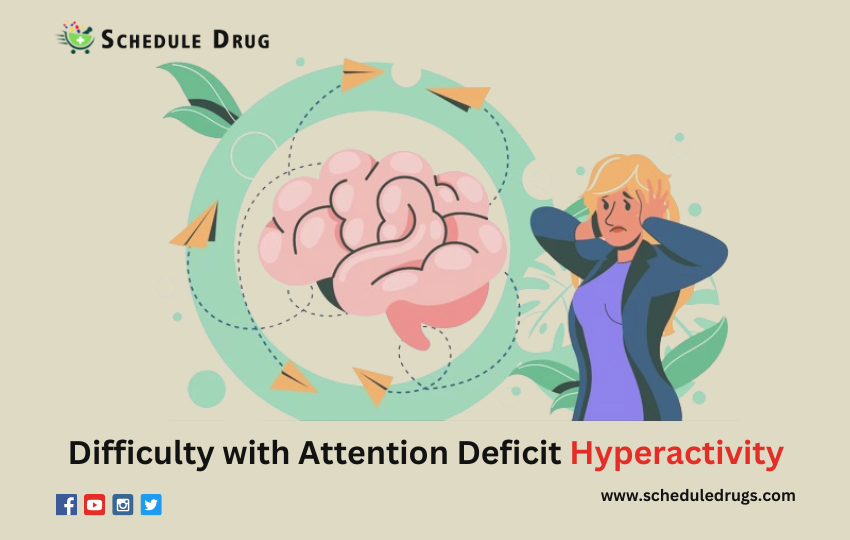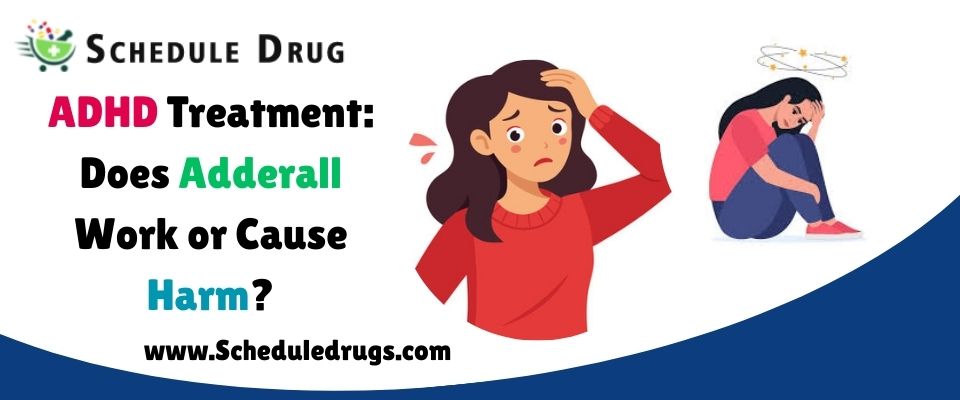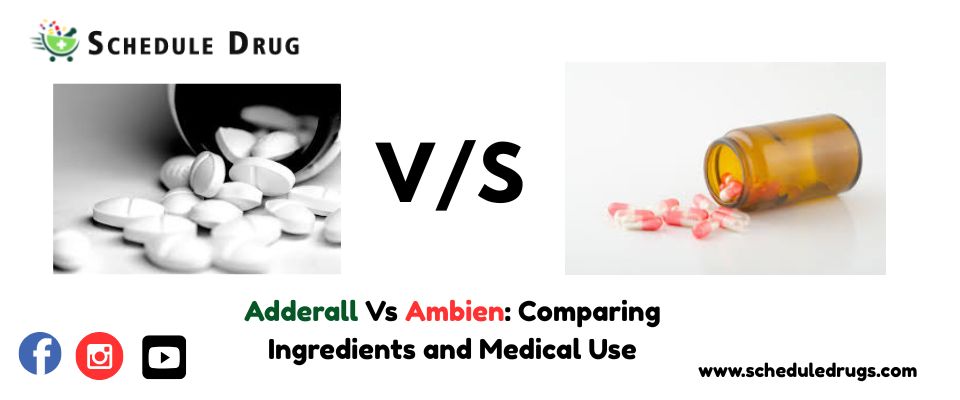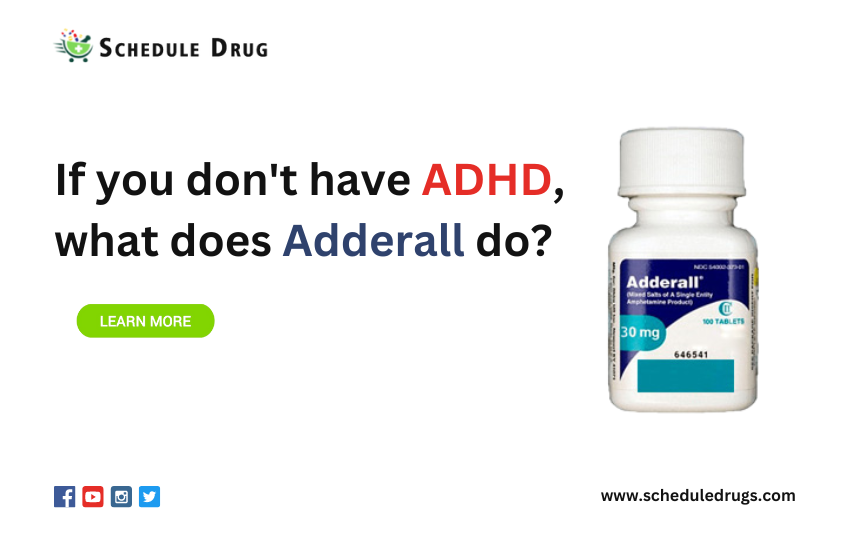Attention Deficit Hyperactivity Disorder (ADHD)
Everything About Attention Deficit Hyperactivity Disorder (ADHD)
Attention deficit hyperactivity disorder is a neurodevelopmental disorder where the sufferer finds it difficult to plan, focus, and execute plans that are quite regular for someone of their age. It impacts the brain’s areas that help us make decisions, analyze situations, and take corrective steps to bring out the best results. It affects around 11% of the children and 5% of the adults in the United States. It comes in the affected person with characteristics like inattention, excessive activity, and impulsivity that make the sufferer behave abnormally. One dealing with this disorder may also find it hard to express or regulate emotions and perform executive functions that are decisive of how the person acts and behave in certain circumstances.
It affects millions of children worldwide and often continues in adulthood, making it extremely difficult for them to perform daily tasks and routine activities as the brain is directly involved in the disorder. Patients of this disorder struggle in their school days as they cannot perform necessary actions, resulting in depressed self-esteem and poor academic performance; however, there is a possibility of lessening the disorder’s symptoms with age. Still, some might never outgrow the problem.
Symptoms
A whole range of symptoms can show up in the person living with attention deficit hyperactivity disorder. Inattention, hyperactivity in children, or restlessness in adults are common symptoms that can appear while discovering the problem. One must understand that defining which behavior or sign is normal and which bolds out as the symptom of this disorder is not an obvious task. Drawing a line between the normal level of inefficiency in daily activities and the abnormality due to the condition can be difficult to address even for a professional.
Various studies around this disorder happen to suggest that the symptoms of this neurodevelopmental disorder must stretch around six months or more with a degree much more significant than others of the same age group to get registered as the potential sufferer of this disorder. This evaluation must occur before the age of 12 to get the initial diagnosis of the condition. Other symptoms are:
- Getting easily distracted
- Getting bored easily
- Difficulty in completing time-consuming tasks
- Daydreaming
- Getting confused too often
- Trouble in understanding details
- Short attention span
- Forgetful in daily activities
- Restless
- Taking risks without analyzing potential aftermaths.
- Running away from tense situations.
- The problem in completing homework and assignments
- Losing things too often
- Struggle in following instructions
- Lose hope easily.
- Having difficulty getting along with others.
Causes
We are still unsure about the possible causes of this disorder and those prone to this medical condition. Once scientists and researchers of the world reach the point where we can understand this condition’s reasoning, we can expect medical advancement to show us how to prevent this disorder and handle it better. However, genetics, environmental factors, and social factors can affect an individual’s mind to develop this condition.
Genetics
Studies worldwide bolds out the possibility of heredity being extremely significant in the transfer of ADHD from parents to children. Evolution may have contributed to the higher rates of this disorder in males. Some have also claimed women attracted to men who are risk-takers would have increased the number of genes inheriting the characteristics of impulsivity and hyperactivity in the gene pools resulting in higher chances of the person discovering this condition.
Environment
Apart from genetics, environmental factors can also cause individuals symptoms of the disorder developing in an individual. Alcohol consumption in pregnancy can cause fetal alcohol spectrum disorders and may come with ADHD or symptoms similar to the condition. Children exposed to certain toxic substances like lead or polychlorinated biphenyls have higher chances of developing symptoms like attention deficit hyperactivity disorder. Exposure to tobacco and smoke during pregnancy can create problems relating to the central nervous system development leading to a higher chance of ADHD at an early stage. Extreme premature birth, less weight at birth, and social deprivation can also lead to ADHD.
Society
There is an effect seen across many countries where the class’s youngest child was more prone to getting diagnosed with this disorder. The reason is still unknown, but being developmentally behind from other classmates and not being able to compete can give birth to the symptoms of falling under ADHD. The diagnosis may also reflect a flawed education system or a dysfunctional family instead of being a problem with themselves.
Diagnosis
As of now, there is no such test or parameter which can precisely sort the person living with attention deficit hyperactivity disorder from a lot of random children. The assessment sorts out the sufferers based on the child’s behavior and mental development after ruling out other factors like drugs or medications or psychiatric problems, explaining the symptoms. Talking to parents, teachers, and mentors to get a detailed report of the child’s behavior is one crucial step to create a basis. In North America, the DSM-5 criteria are regarded as an efficient process to evaluate the children dealing with the disorder.
Screening of other issues like anxiety, depression, learning, and language disorders, oppositional defiant disorder needs to be taken under evaluation to get an overview of the problems and difficulties one is dealing with to stitch a personalized treatment plan which focuses on lowering the symptoms.
Quantitative electroencephalography (QEEG) is one process that is currently under investigation for its accuracy in detecting cases of ADHD in the United States. However, the food and drug administration has approved using the QEEG technique to evaluate ADHD in children. There are also some self-rating scales, like the ADHD rating scale, capable of assessing and screening ADHD.
Treatment
The treatment of ADHD involves behavioral therapies, medications, and diet changes to control and manage it. However, these treatment practices may improve the sufferer’s condition, but they cannot eliminate the adverse outcomes. Most of the cases include psychological therapies in combination with medication rather than choosing one of them.
Psychological therapies may include behavioral therapy, cognitive behavioral therapy, family therapy, social skills training, parent management training, neurofeedback, etc. to impact the patient’s way of thinking and view about life and other aspects.
Stimulant medications are the first choice in the pharmaceutical treatment of the disorder. They are useful in lowering the symptoms in about 80 % of the cases. It includes Methylphenidate and some other non-stimulant drugs like atomoxetine, bupropion, and clonidine.
Diet changes have shown little evidence in improving ADHD, where free fatty acid supplementation and decreased eating of artificial food colorings were tested. The addition of omega-three fatty acid has also shown some ray of hope in lowing the symptoms of attention deficit hyperactivity disorder.



